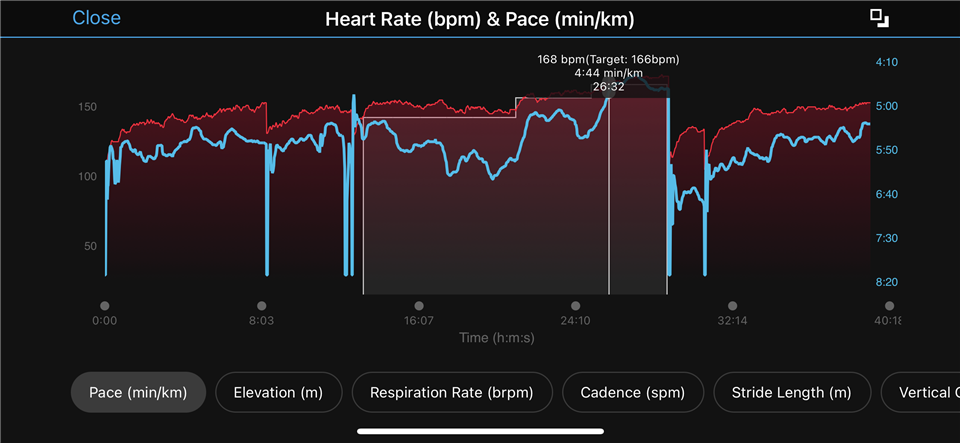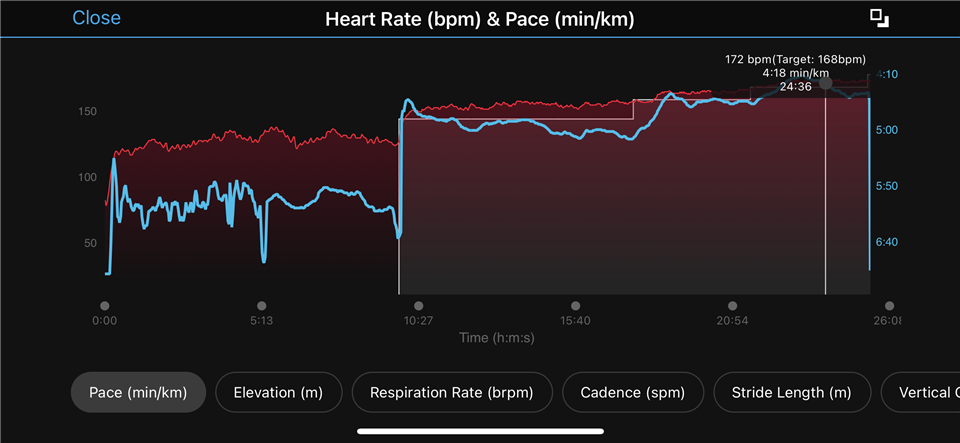With the introduction of automated training programs, where is the place for the test in question? Since the first alpha in June I have been following the program, my pace at any given HR has improved vastly, but the updates in the prescribed pace for let say BASE workout are minute... Shouldn't they update more to reflect the real performance? For instance for base workout I had 6:30 at the beginning. Now it recommends 6:15 (with the option to follow HR @140bmp) which I do @120 at the moment... What is the solution here?



 This was October last year recorded with my F6. I was 100kg at the time. The test gave Lactste pace around 5:25@168.
This was October last year recorded with my F6. I was 100kg at the time. The test gave Lactste pace around 5:25@168.

